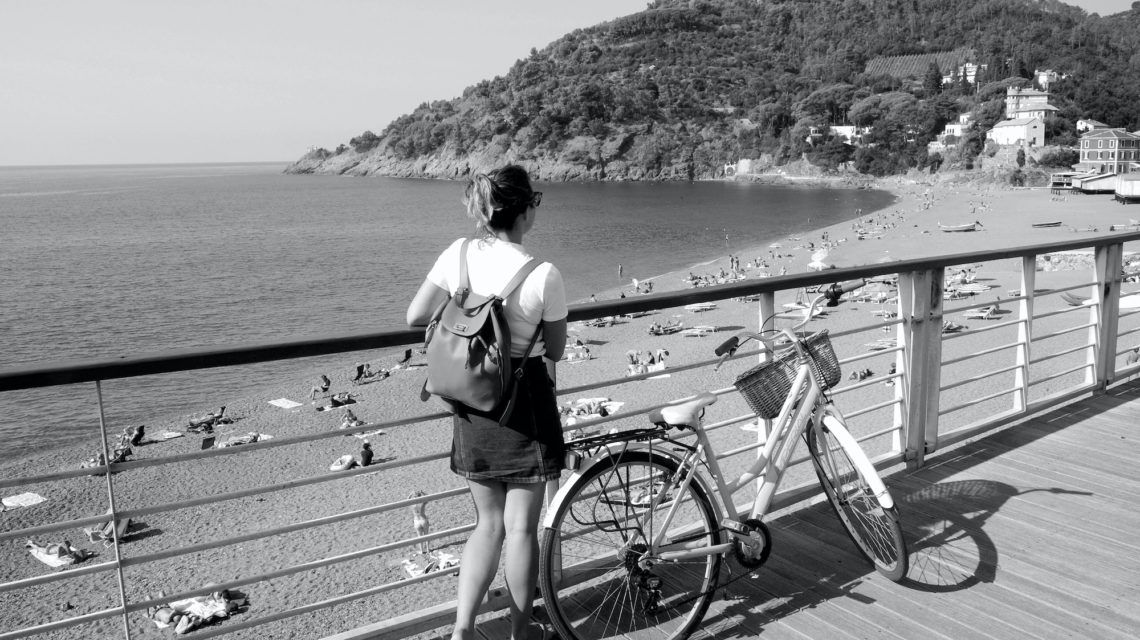From Rails to Trails – the preface by Roberto 15 Aprile 2022 – Posted in: BOOKS, TRAVEL
Cycling or walking along an old deserted railway line that has been converted for exclusive cycle and pedestrian accessibility, is one of the most delightful and beautiful “active” travel experiences we can enjoy today. Discovering Italy’s most authentic, hidden and lesser known areas, that sometimes can be reached only by taking rediscovered trails and byways, or are sometimes accessible only along old pathways, corridors, or lines of gentle mobility, are priceless narrative threads that illustrate how we lived in times long past, in tiny local settlements and in networks of localities on a wider geographical and perceptive scale.
Old railways, which are often complex engineering projects that we could even go as far as calling landscape architecture, and were built in the early decades of the 20th century by craftsmen with their professional skills and their consideration for the land, respect the natural sinuosity and morphology typical of much of Italy’s terrain, with its coastal, maritime, lacustrine, natural, wooded, rural, urban, hilly, mountainous, Apennine or Alpine, riverine, lowland or open flat areas. And if some tunnels do cut through the hilly areas, they come as a pleasant surprise on our leisurely journey. Cycling along those old byways and railway trails, feeling at one with them, and travelling at just the right speed, neither too slow nor too fast (between five and twenty kilometres per hour), with just the right gradient (never exceeding 3.5%) and rounding generous bends, allows us to enjoy them in a state of grace in which the mind, the body and the world – as Rebecca Solnit says in The History of Walking – are aligned like three people who end up chatting, or three notes that suddenly form a chord. In the same way riding a bicycle (like walking) allows us to be inside our body and inside the world without feeling overwhelmed: leaving us free to think without getting lost in our thoughts.
So we welcome this factual and beautiful guidebook by Ornella D’Alessio, in which the story of each railway line and its reuse as a cycle path, is interwoven with sources and references, blending beautifully with the evocative and poetic black and white photos.
Umberto Rovaldi
Soft mobility landscape architect, former national councilor of FIAB – Italian Federation of Friends of the Bicycle, former vice president of Co.Mo.Do – Soft Mobility Confederation.
Curator, with Giulia Cortesi, of the volume From rails to bikes + trains + bikes + trains + bikes. A survey on disused railways recovered for cyclists, Fiab 2011.

